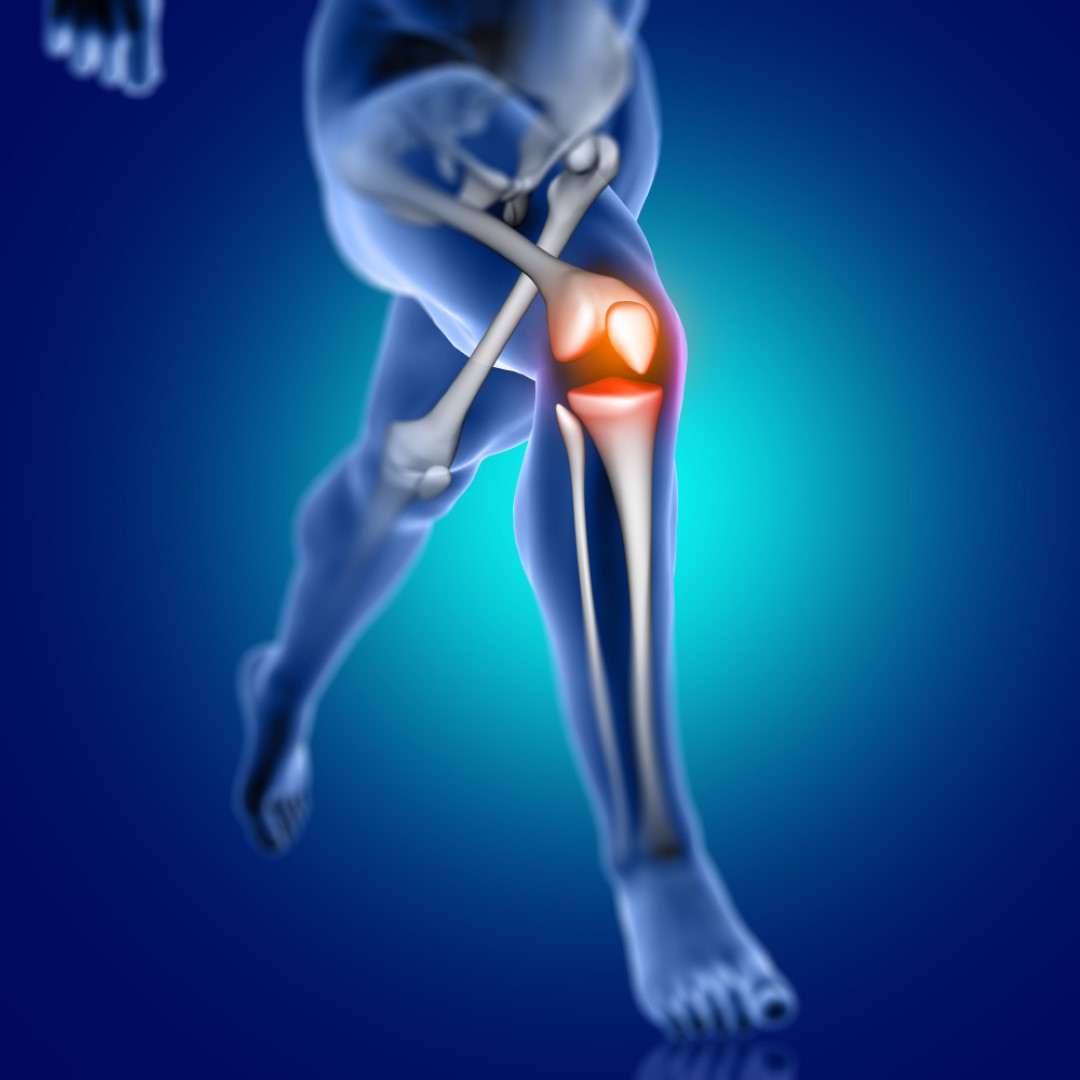Knee osteoarthritis is a common degenerative joint condition that affects millions of people worldwide. It is crucial to diagnose the disease accurately to ensure timely intervention and effective management. This article will explore the various methods used to diagnose knee osteoarthritis, enabling healthcare professionals to make informed decisions based on the patient’s symptoms, physical examination, and diagnostic tests.
Diagnosis of knee osteoarthritis
Patient History and Physical Examination
The initial step in diagnosing knee osteoarthritis involves obtaining a detailed patient history and conducting a comprehensive physical examination. The physician will inquire about the patient’s symptoms, such as pain, stiffness, and swelling, along with any relevant medical history or previous injuries. During the physical examination, the doctor will assess joint movement, stability, tenderness, and signs of inflammation, providing valuable clues for further investigation.
Imaging Studies
Imaging techniques play a vital role in confirming the diagnosis of knee osteoarthritis and assessing the severity of the condition. X-rays are commonly used to visualize joint space narrowing, osteophyte formation, and other characteristic features. They provide a detailed view of the joint structures and help rule out other possible causes of symptoms. Magnetic resonance imaging (MRI) may be utilized for further evaluation, particularly when soft tissue damage or inflammation is suspected. MRI scans can detect cartilage loss, meniscal tears, and ligamentous abnormalities, aiding in treatment planning.
Laboratory Tests
While there is no specific blood test to definitively diagnose knee osteoarthritis, laboratory investigations can help exclude other conditions or evaluate systemic markers of inflammation. Blood tests may be ordered to measure markers such as erythrocyte sedimentation rate (ESR) and C-reactive protein (CRP). These tests can indicate the presence of inflammation, which may be relevant in specific cases. Joint fluid analysis, obtained through aspiration, can provide valuable information on the presence of inflammation, infection, or crystals, assisting in differential diagnosis.
Other Diagnostic Procedures
In certain cases, additional diagnostic procedures may be employed to aid in the diagnosis of knee osteoarthritis. Arthroscopy, a minimally invasive procedure, involves inserting a small camera into the joint to visualize the cartilage, ligaments, and other structures directly. This technique allows for a more accurate assessment of the joint condition and can be helpful when other diagnostic tests are inconclusive. However, arthroscopy is usually reserved for cases where surgery is being considered or when there is uncertainty regarding the diagnosis.
Diagnosing knee osteoarthritis involves a comprehensive approach that combines patient history, physical examination, and various diagnostic tests. X-rays, MRI scans, and laboratory investigations assist in confirming the diagnosis and assessing the severity of the disease. Understanding the diagnostic process empowers healthcare professionals to provide appropriate interventions and improve the quality of life for individuals with knee osteoarthritis.
More about causes, diagnosis and treatment of knee osteoarthritis.
Looking for a knee replacement surgeon in Ahmedabad?
If you’re searching for a highly skilled knee replacement surgeon in Ahmedabad, look no further than Dr. Vijay Bang. With extensive experience and expertise, he is a renowned knee replacement specialist in Ahmedabad, dedicated to providing top-notch care and optimal outcomes for every patient. Contact us!


